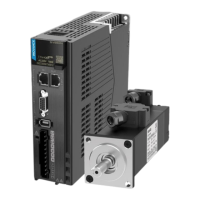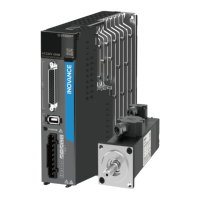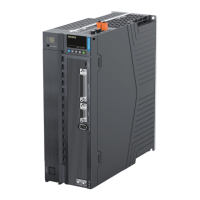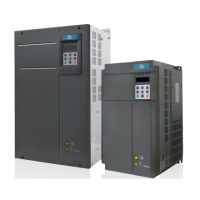General
‑17‑
It is the responsibility of the machine builder/OEM/system integrator to make sure
that the essential health and safety function requirements specified in the Machinery
Directive are met. Risk analysis and risk assessment is needed before using a product.
Make sure that adequate measures are taken to eliminate/reduce the relating risks
and components chosen must meet the safety requirements.
This section describes the information that needs to be noted before starting
operation. Read the following safety precautions, risk assessment information, and
limitations before starting operation.
Safety function: Use the safety function after properly understanding all of these
information. Incorrect use of safety functions or use of safety functions that are not
sufficient to meet the safety requirements of the site may result in personal injury.
Safety Precautions
Carefully read the following important precautions and observe them when using the
safety function.
● STO function is not intended as a replacement for the emergency stop function (E‑
stop). If only the STO function is triggered, with no extra measures taken, the
power supply cannot be cut off in emergencies and high‑current parts of the
motor and drive are still energized, incurring the risk of electric shock or other
risks result in electric energy. Therefore maintenance work on electrical parts of
the drive or motor can only be carried out after isolating the drive system from the
main supply.
● Depending on the standards and requirements for a particular application, it may
be possible to use STO as an integral part of an E‑stop system. However, its main
purpose is for use in a dedicated safety control arrangement whose purpose is to
prevent any hazard from occurring, without the use of an E‑stop.
● An E‑stop is often provided in a machine to allow for unexpected situations where
an operator sees a hazard and can take action to prevent an accident.
● The design requirement for an E‑stop differs from that of a safety interlock.
Generally, the E‑stop is required to be independent from any complex or
"intelligent" control. It may use purely electromechanical devices to either
disconnect the power or initiate a controlled rapid stop using other means such as
dynamic or regenerative braking.

